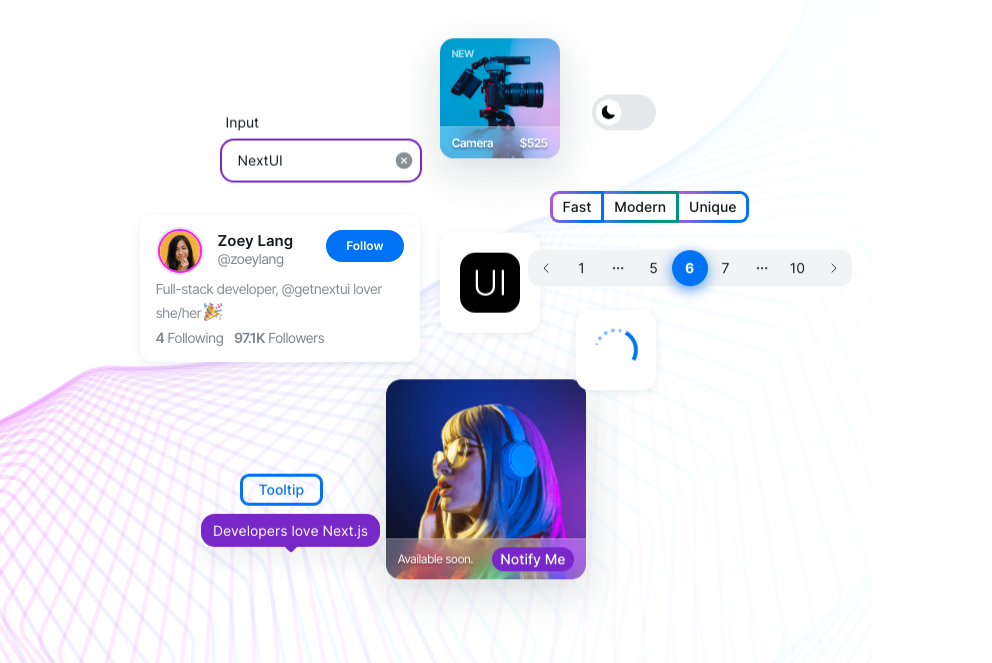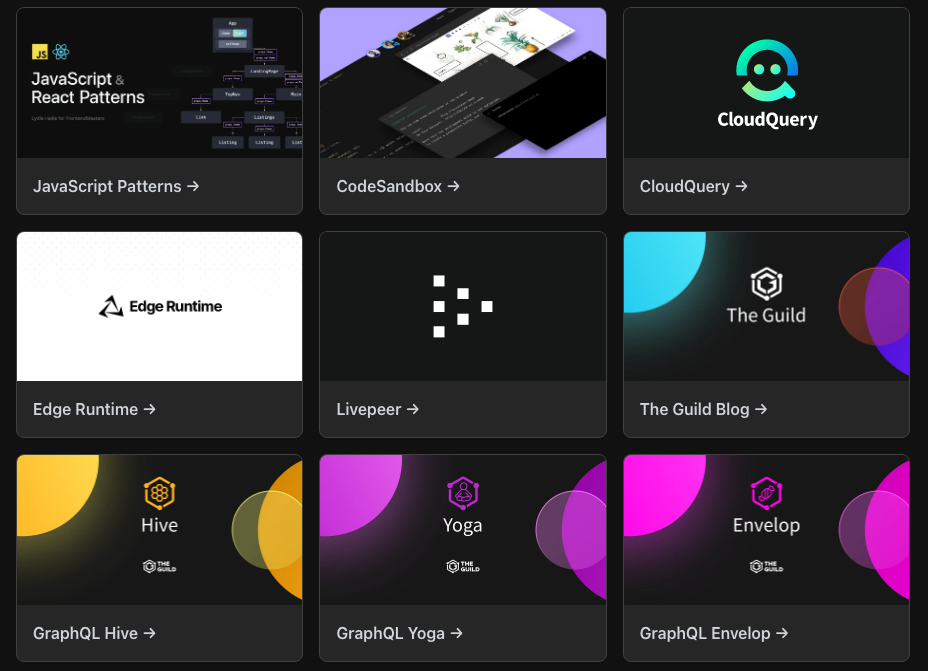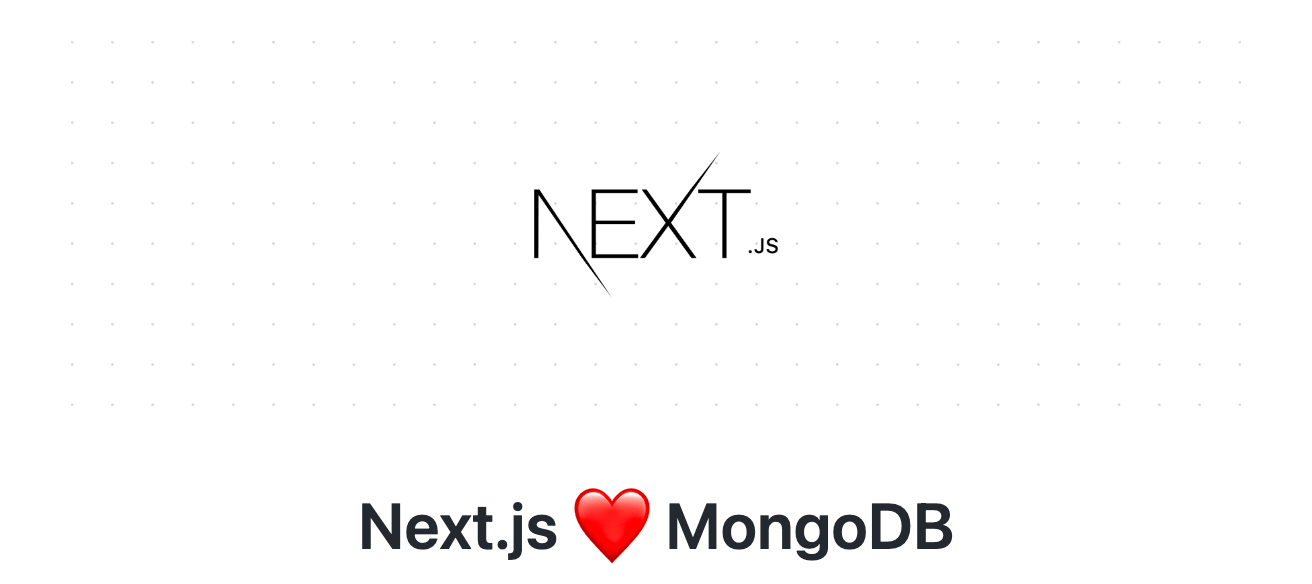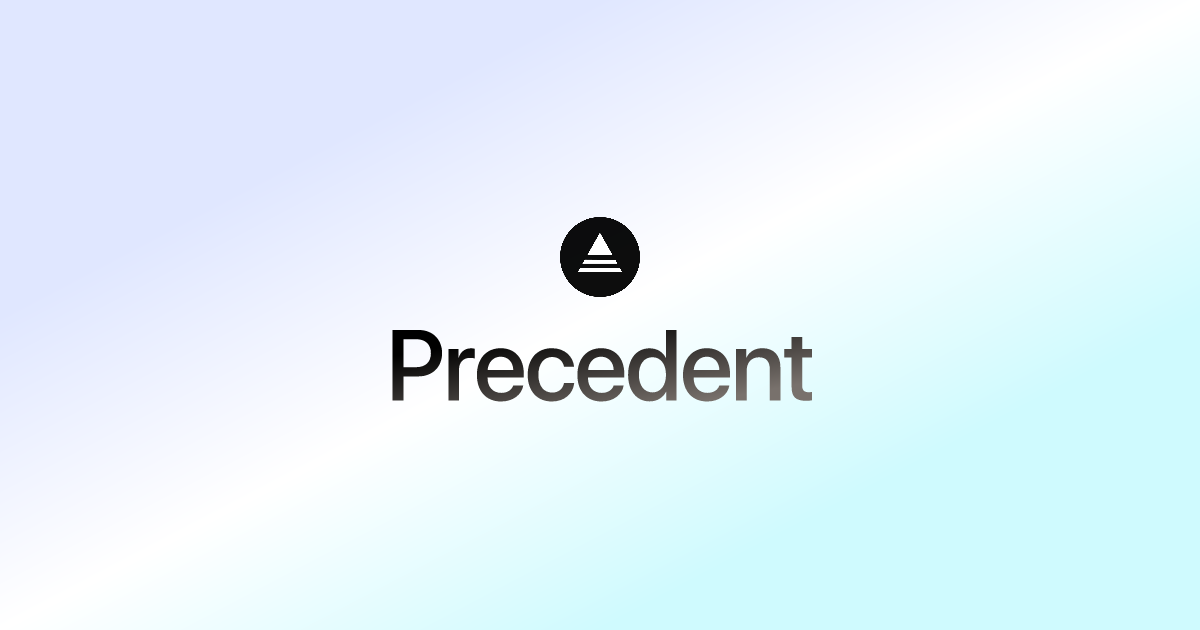10 Reasons Why You Should Consider Next.js In your Next Project
Next.js is a React-based open-source framework used for building server-side rendered (SSR) web applications. Next.js provides an excellent developer experience, thanks to its developer-friendly features like automatic code splitting, hot module replacement, and easy deployment.
Next.js is a breeze to learn thanks to its direct learning path and speedy production time compared to other frameworks. Moreover, it features abundant, developer-centric documentation that covers virtually everything you need to dive in.
The Reasons
It is gaining popularity in the web development community for the following reasons:
1- Easy learning Curve
Next.js has an easy learning curve especially for JavaScript developers and React developers. So if you have any experience with React or even JavaScript, you are good to go. Plus, it has tons of tutorials, and video tutorials that can help anyone get started.
2- Large community
Next.js has a large and active community of developers, which means that you can easily find help and support when you need it.
3- Many starters and templates
Next.js has a large collection of templates and starters available, which can help you get started quickly and easily.
5- Huge Ecosystem
Next.js has a huge ecosystem of plugins, tools, and libraries, which can help you extend the functionality of your web application.
6- Open-source
The framework is an open-source framework, which means that you can use it for free and contribute to its development if you want to. Also, most of its extensions, plugins, starters and more.
7- Optimized Performance
Next.js provides optimized performance by loading only the necessary components on the client-side. This helps in reducing the initial load time and improving the overall performance of the web application.
8- Excellent Developer Experience
Next.js provides an exceptional developer experience with its developer-friendly features such as automatic code splitting, hot module replacement, and easy deployment.
9- Scalable
Next.js is designed to be scalable, which means that it can handle large and complex web applications with ease.
10- Deployment
Easy to Deploy: Next.js provides an easy-to-use deployment strategy with built-in support for static site generation or server-side rendering. It also supports server side rendering, client side rendering and static site generation.
You can also deploy your projects for free to Vercel, Netlify, and similar free services.
11- SEO Friendly
Next.js provides static generation and client-side rendering as well as server-side rendering out of the box, which makes it easier for search engines to crawl and index the content of your web pages.
Medevel's Next.js Archive







Conclusion
In conclusion, Next.js is a splendid choice for building web applications due to its ease of use, SEO-friendliness, optimized performance, exceptional developer experience, flexibility, and scalability.


